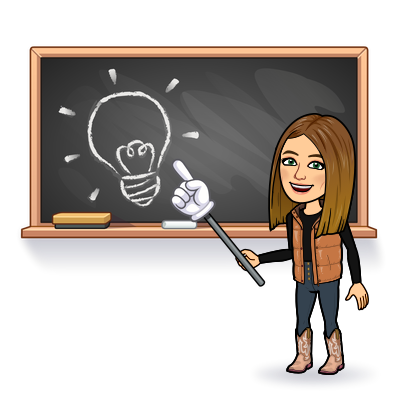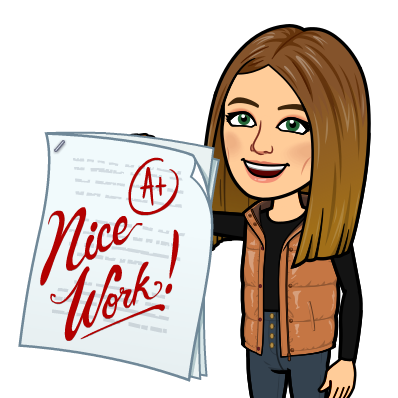Week 5
Social Interactive Model/Cooperative Learning
What do you think each of the PIGS elements means?
- Before discovering what each of these elements mean, I believe that...
Positive Interdependence can be when student(s) share knowledge and help each other reach goals in the classroom.
Individual Accountability is when each group member works independently on a single part of a group project, then comes together and share their findings to contribute to the project.
Group Processing could be evaluating group members and how well they are working together on a certain task.
Social Skills is when students display the proper and appropriate skills needed to work efficiently in a group setting.
Why is implementing the Social Interactive Model/Cooperative Learning important?
Implementing the Social Interactive Model/Cooperative Learning is important because this allows teachers to place students in a position where they can learn to efficiently work together and depend on each other to reach learning goals. Students are able to work independently/be responsible for their own work and still contribute to their classmates in group work.

Textbook Reading - Chapter 6 + Chapter 7
Goals, Characteristics, and Methods of the Social Interactive Model/Cooperative Learning...
According to Chapter 6 of the textbook, students in democratic classroom communities:
- They feel safe and secure in the class.
- They experience academic and social success.
- They identify areas of personal talent and interest.
- They feel accepted by other children and adults.
- They contribute to the success of the class and view themselves as an important part of the class.
- Which students are leaders when participating in group building activities?
- Which students demonstrate good social skills?
- Which students are knowledgeable about the content and skills of the subject area?
- Which students are shy, withdrawn, or reticent?
- Which students have difficulty communicating with others?
- Which students do not actively participate in the group activities?
- Which students seem to have trouble interacting with other students?
- Lectures are the most direct way of teaching
- Small Groups, teachers provide the learning materials and objective and students work together to achieve their goal!
- Individualized Instruction is not a direct way of teaching but it allows students to work at their achievement level. (mastery learning, tutoring, independent study, etc)
- The affective needs of students must be met. According to Dr. William Glasser, these needs are: acceptance and belonging, power, freedom, and fun.2
- Students need to have opportunities to get to know one another and become part of a democratic classroom community.
- Competition in the classroom needs to be reduced or eliminated.
- Cooperative groups are usually chosen by the teacher on the basis of the students’ achievement in the class.
- Cooperative learning promotes positive interdependence among group members.
- Individual accountability lets the hardworking students know that their efforts are appreciated and noticed by the teacher. It is important that the student who has worked hard in the group is not penalized because another group member did not put forth as much effort.

- Positive interdependence
- Individual Accountability
- Face to Face (Promotive) Interaction
- Interpersonal and Small Group Social Skills
- Group Processing


Comments
Post a Comment